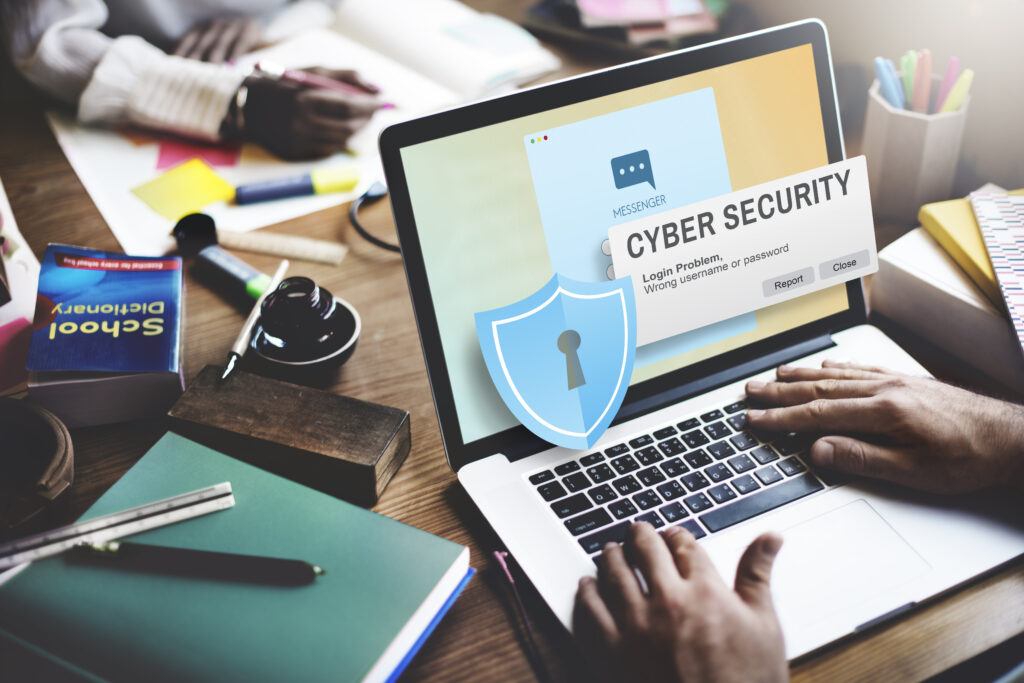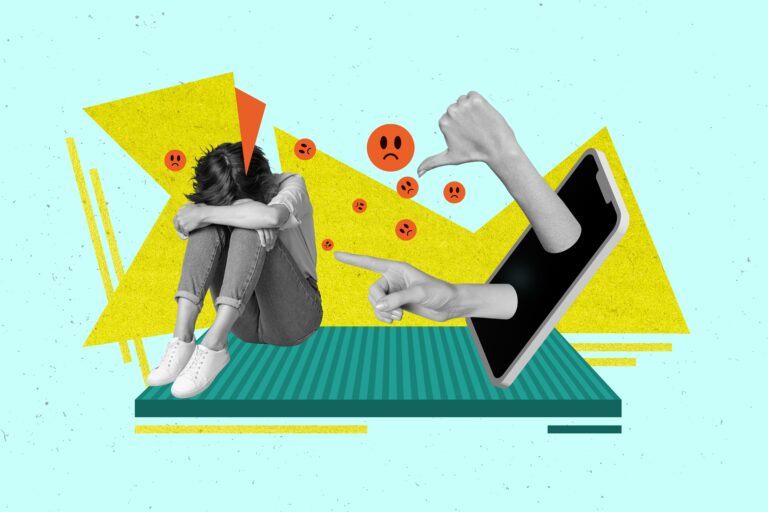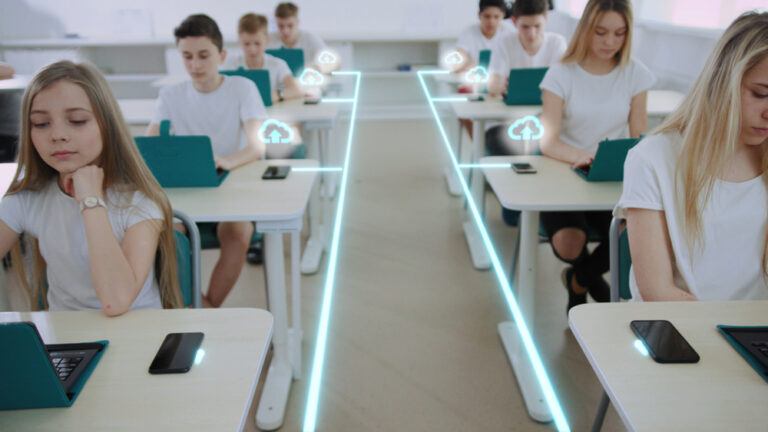6 Steps to Supporting Students in Maintaining Online Privacy

The Growing Need for Online Privacy Education
According to Pew Research Center, nearly 90% of Americans are concerned about social media sites collecting personal information about children. Even more report concern about advertisers targeting kids based on their online activities (85%) and online games tracking them across the internet (84%).
As educators, we play a vital role in preparing students to navigate the digital world safely and responsibly. With digital tools at their fingertips, children often don’t realize how much of their personal information is being collected – or the risks of sharing it freely. By teaching them how to safeguard their online privacy, we empower the next generation to take control of their digital lives.
In this blog, we’ll explore six practical steps you can take in your classroom to help your students protect their privacy online. From understanding what’s safe to share to developing critical decision-making skills, these strategies will set them on the path to becoming thoughtful and secure digital citizens.
Why Online Privacy Matters for K-5 Students
Children today are growing up in a world where their personal information is constantly collected and used, often without their understanding or consent, and often in spite of legal regulations. In fact, the 2023 State of Kids’ Privacy report analyzed the privacy practices of over 200 apps and platforms and found that nearly three out of four tools are still profiting from kids’ and families’ personal data by tracking behavior and sharing that data with advertisers.
For K-5 students, online privacy goes beyond what they post on social media. Every app, game, and website they use collects data – sometimes even tracking their location, browsing habits, and preferences. Without guidance, children may unknowingly share information that puts their safety at risk, like their full name, home address, or school name.
Teaching students about online privacy early helps them develop critical skills they’ll use throughout their lives. It empowers them to make smarter choices about what they share, understand how their data is used, and recognize potential risks. By building these habits now, we can equip them to stay safe in an increasingly connected world.
6 Steps to Supporting Students in Maintaining Online Privacy
Step 1: Define online privacy in age-appropriate terms.
For younger students, online privacy can feel abstract. Break it down into simple, relatable concepts. For example, compare privacy to keeping personal belongings safe – like locking a bike or ensuring spending money is kept securely in a zippered pocket.
Classroom Tip: Create a visual chart with two columns labeled “Safe to Share” and “Not Safe to Share.” Collaborate with students to sort examples, like “favorite color” (safe) and “home address” (not safe). Use this chart as a foundation for ongoing discussions about privacy.
Step 2: Teach students how to recognize safe vs. unsafe information.
Children often overshare without realizing the risks. Help them distinguish between information that’s harmless and details that could compromise their safety.
Activity Idea: Use this activity from the Taito Learning’s Digital Citizenship curriculum to practice safe self-introductions. Students can share fun facts like their favorite sport or food while avoiding personal identifiers such as their full name or location. This activity fosters awareness while keeping the experience engaging and creative.
Step 3: Discuss the concept of digital footprints.
Introduce the idea that every online action leaves a trace, much like footprints in sand. Explain how their digital footprints can have long-lasting effects, both positive and negative.
Classroom Tip: Use stories to illustrate this concept. For instance, discuss how a kind comment online could brighten someone’s day, while a mean post could hurt feelings and follow them for years. Visual aids, like a footprint trail image, can help reinforce this concept for younger learners.
Step 4: Role-play scenarios to build decision-making skills.
Role-playing is a powerful way to help students internalize privacy lessons. Set up scenarios where they must decide what to share or keep private.
Example Scenario: “You’ve won a prize in an online game, and the app asks for your name and address to send it to you. What should you do?”
Discuss possible answers as a group, emphasizing the importance of asking an adult before sharing sensitive information.
Step 5: Collaborate with families.
Online privacy education doesn’t stop at the classroom door. Partnering with families ensures consistent messaging and reinforces good habits at home.
Teacher Tip: Send home a printable guide with tips for parents, like setting app permissions, enabling privacy settings, and talking about what kids do online. Include a list of kid-friendly search engines like KidzSearch, Kiddle, and KidRex, as well as privacy-conscious apps.
Step 6: Integrate ongoing sessions about privacy.
Online privacy doesn’t need to be a one-time lesson. By integrating this topic into everyday learning, you reinforce its importance and demonstrate its relevance in day-to-day life.
Ideas for Integration:
- ELA: Assign a writing prompt about what privacy means to students and why it’s important.
- Social Studies: Explore case studies of digital citizenship to discuss privacy challenges in the real world.
- STEM: Teach students how encryption works or discuss how companies collect and use data.
By weaving privacy discussions into various subjects, you’ll help students develop a well-rounded understanding of its importance in different contexts.
Empowering Students for a Safer Digital Future with Taito Learning
Teaching online privacy to K-5 students is more than just a classroom lesson – it’s a critical life skill. By taking simple, proactive steps, educators equip students to make informed decisions, protect their personal information, and build a positive digital presence. These foundational habits will serve them well as they navigate an increasingly connected world.
Ready to take the next step? Start a 60-day free pilot of Taito Learning’s Digital Citizenship curriculum, including TypeTastic, our engaging K-5 keyboarding program. See the quality of the content you’ll experience by previewing three full lessons targeting digital citizenship, digital literacy, and computer science. Discover how our resources can empower your students to become thoughtful, responsible digital citizens. By working together, we can give students the confidence and skills they need to thrive in the digital age. Let’s make a difference – one lesson at a time.


